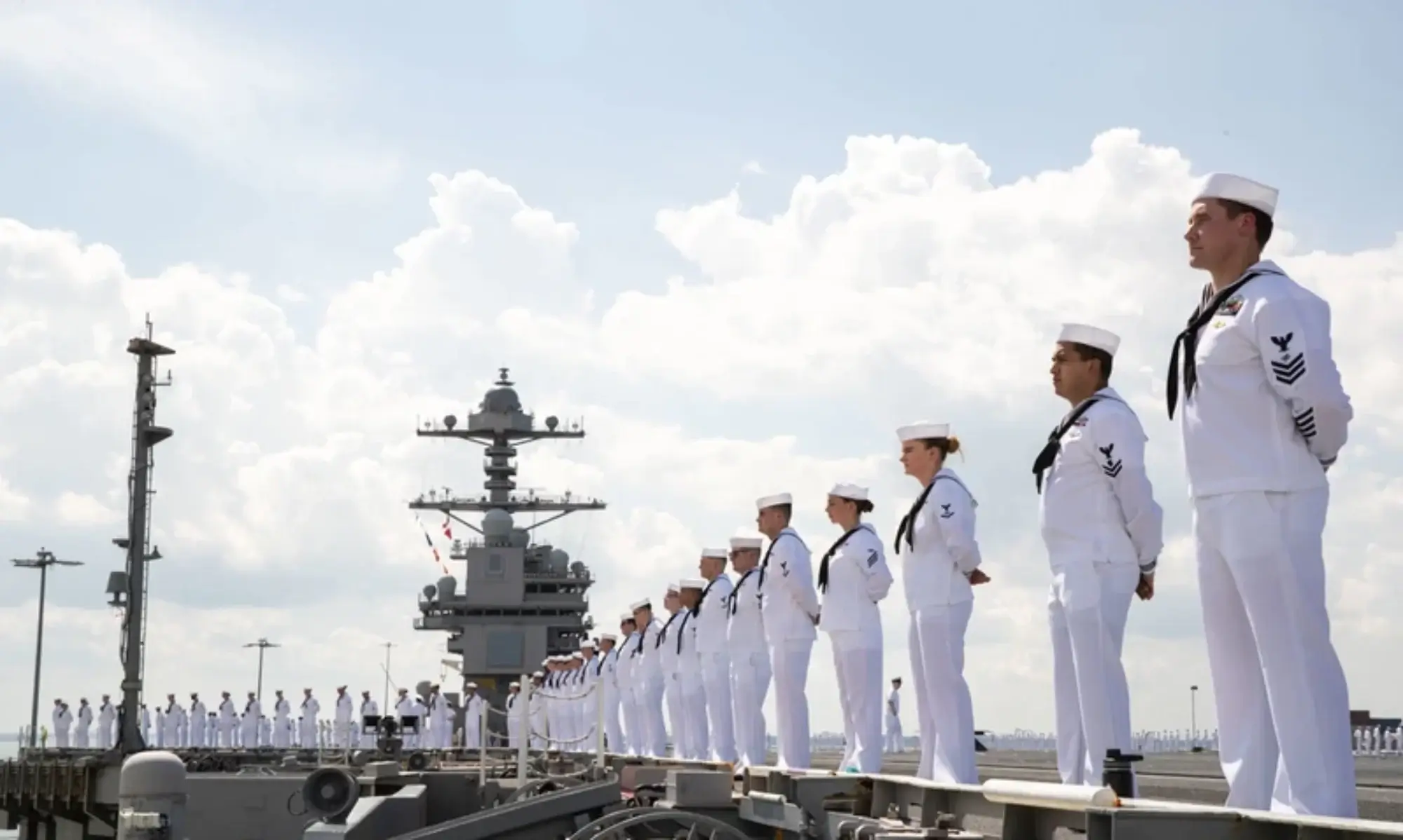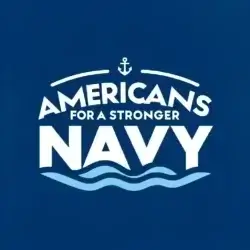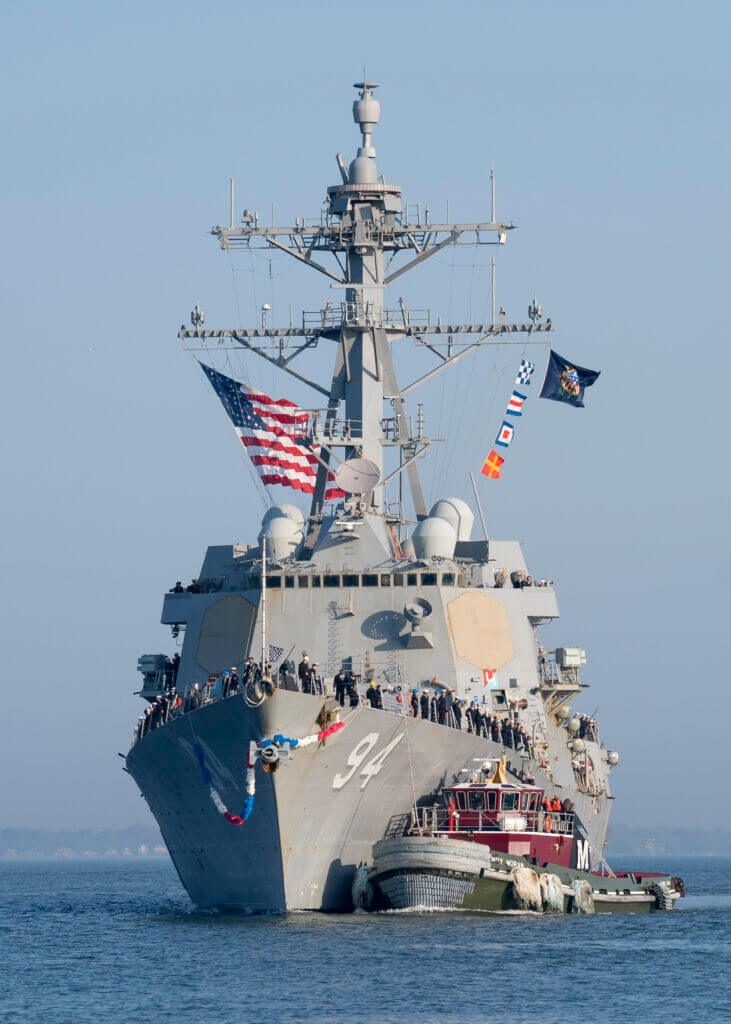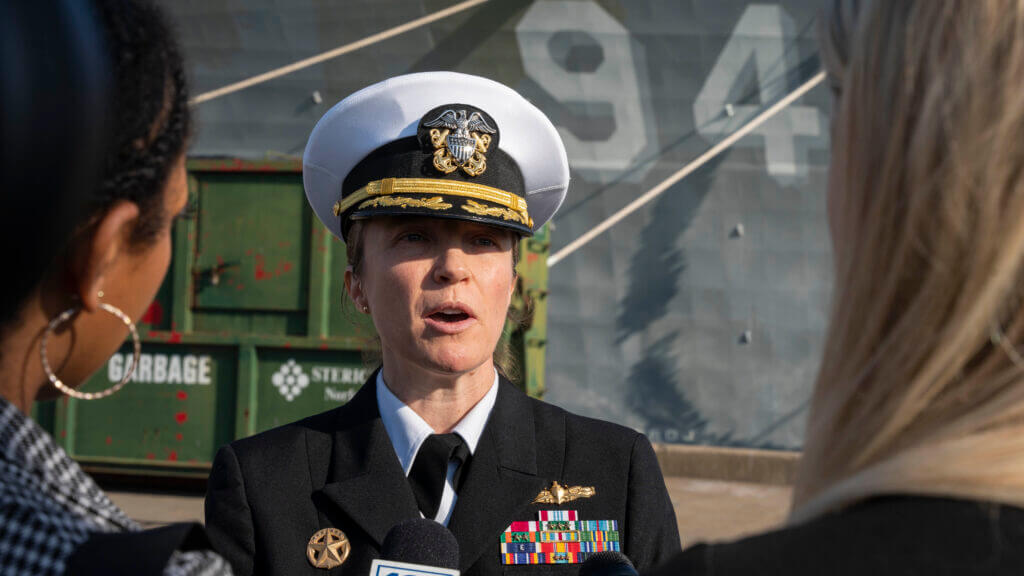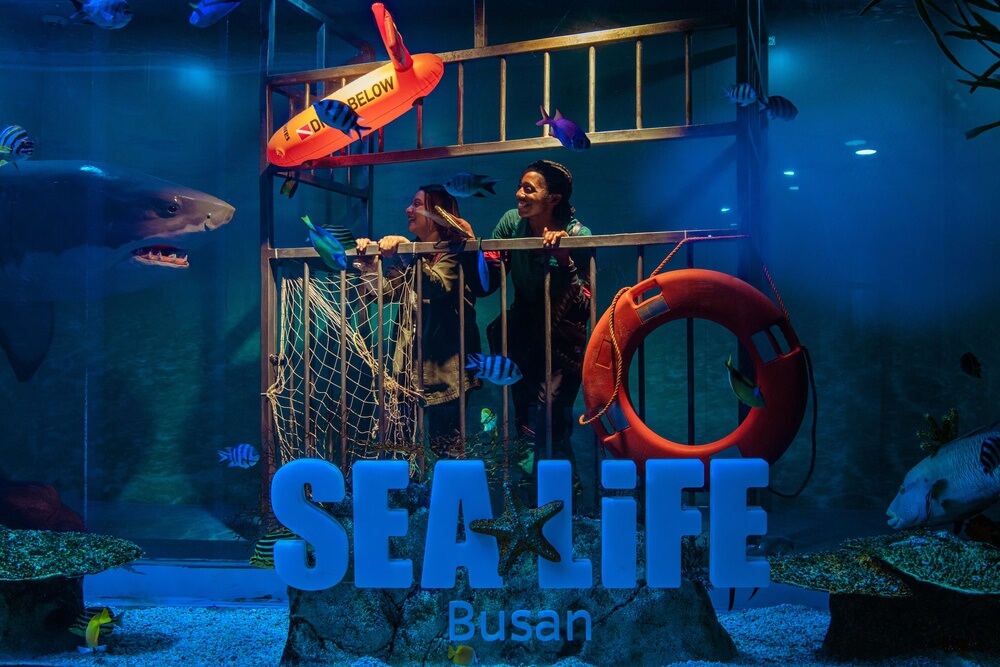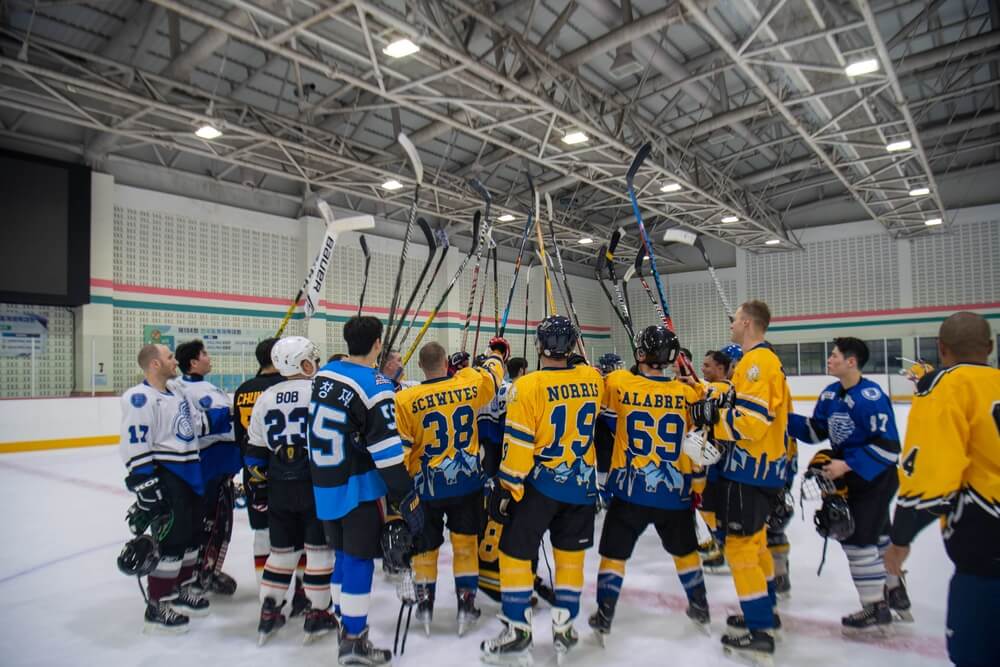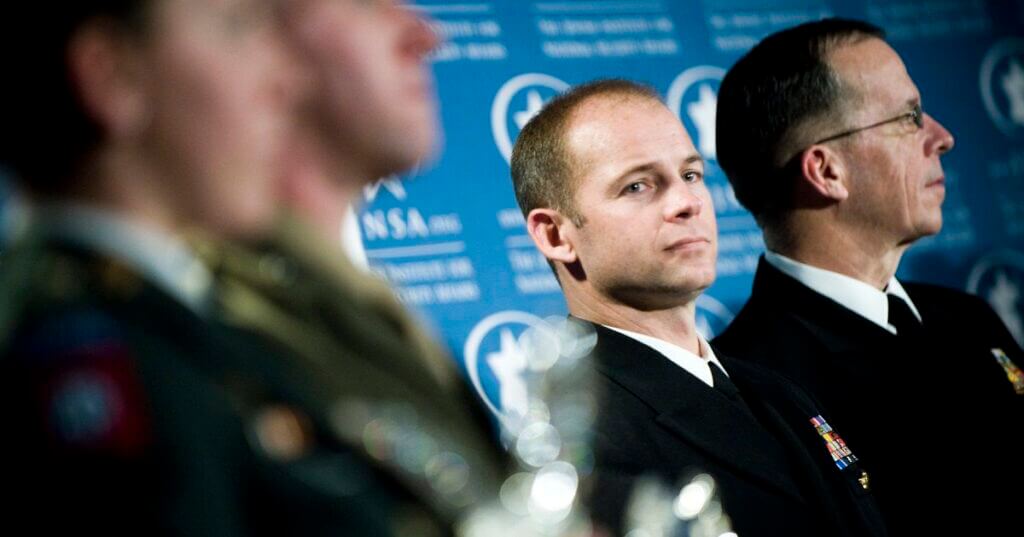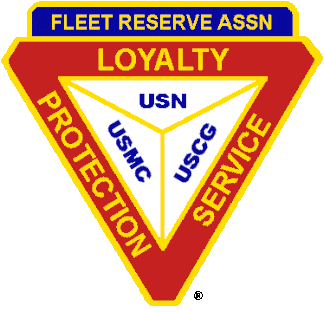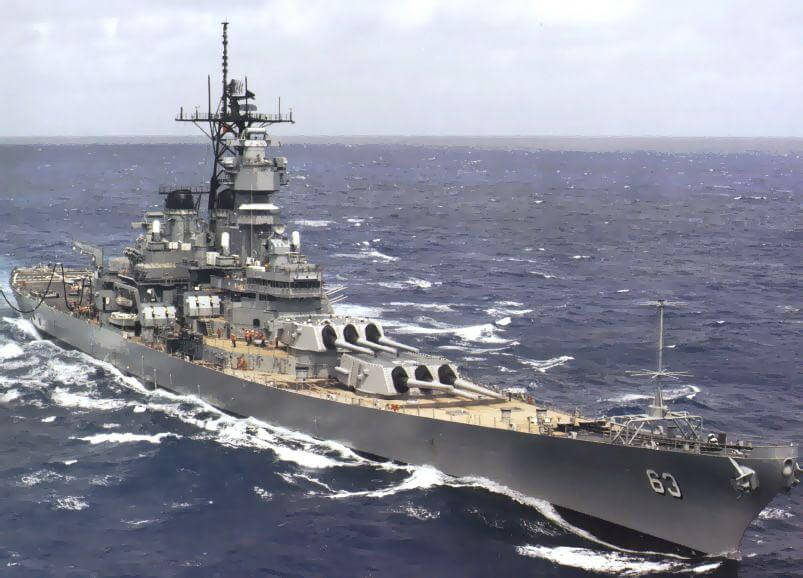The Navy plays a vital role in ensuring the country’s security, protecting its interests around the world, and supporting humanitarian efforts.
We recognize that the Navy’s ongoing efforts to modernize and adapt to new challenges require innovative solutions. That’s why we launched the Fleet Forward Initiative, which aims to shine a spotlight on and support cutting-edge technologies, support services and ideas that will help the Navy maintain its strength and readiness for decades to come.
We also applaud the great work being done by the contractors who have been awarded these contracts, whose support services, innovative ideas and technologies will play a critical role in ensuring that the Navy remains the most powerful maritime force in the world.
Department of Defense Contracts
Professional Contract Services Inc., Austin, Texas, is awarded a $34,997,838 indefinite-delivery/indefinite-quantity modification for contract N40085-20-D-0040. This modification provides for the exercise of Option Number Three for base operating support services at Naval Medical Center Portsmouth, and its outlying support sites. After award of this option, the total cumulative contract value will be $134,741,490. Work will be performed in Portsmouth, Virginia. This option period is from March 31, 2023, to March 29, 2024. No funds will be obligated at time of award. Fiscal 2023 operation and maintenance, (Navy) funds in the amount of $32,545,920 for recurring work will be obligated on an individual task orders issued during the option period. The Naval Facilities Engineering Systems Command, Mid-Atlantic, Norfolk, Virginia, is the contracting activity.
U.S. Marine Management Inc., Norfolk, Virginia (N3220523C4007), is awarded a $27,372,005 firm-fixed-price contract for the operation and maintenance of three government-owned large, medium-speed roll-on/roll-off (LMSR) vessels. The vessels under this award include USNS Seay (T-AKR 302), USNS Pililaau (T-AKR 304), and USNS Brittin (T-AKR 305). Work will be performed worldwide, with an expected completion date of Sept. 30, 2024. The maximum dollar value, including the base period and six month option, is $40,977,737. Working capital funds (Navy) in the amount of $13,739,119 are obligated for fiscal 2023. Contract funds in the amount of $27,372,005 will not expire at the end of the current fiscal year. This contract was not competitively procured. The contract was prepared under the authority of 41 U.S. Code 3304(a)(2), as implemented by Defense Federal Acquisition Regulation 6.302-1 only one responsible source and no other supplies or services will satisfy agency requirements. The Navy’s Military Sealift Command, Norfolk, Virginia, is the contracting activity (N6238723C4007).
Lockheed Martin Space, Titusville, Florida, is awarded a $20,941,008 cost-plus-fixed-fee, level-of-effort and completion type contract modification (P00002) to previously awarded contract N0003022C2023 for engineering, technical support services, operational support hardware and consumable spares for the Fleet Ballistic Missile Program. Work will be performed in Denver, Colorado (24.64%); Valley Forge, Pennsylvania (23.30%); Cape Canaveral, Florida (23.21%); Titusville, Florida (9.75%); Sunnyvale, California (7.77%); Coulport, Scotland (4.19%); Kings Bay, Georgia (1.83%); and various locations below one percent (5.31%). Work is expected to be completed by March 31, 2025. No year non-appropriated funds in the amount of $20,941,008 will be obligated on this award and no funds will expire at the end of the current fiscal year. This contract was awarded as a sole source acquisition pursuant to 10 U.S. Code 2304(c)(4). Strategic Systems Programs, Washington, D.C., is the contracting activity.
Viasat Inc., Carlsbad, California, is awarded a $12,242,291 firm-fixed-price, indefinite-delivery/indefinite-quantity contract to provide software maintenance and technical support for the Viasat LinkWay and Enhanced Broadband Efficient Modem waveforms and associated hardware platforms. This contract will provide support for the Very Small Aperture Terminal Small/Medium/Large, Master Reference Terminal, Hub Modem Package, and Marine Corps Wideband Satellite Communications family of systems. Work will be performed in Carlsbad, California, and is expected to be completed by March 2028. The maximum dollar value, including the base period and four additional ordering periods, is $12,242,291. No funds will be obligated at the time of award. Funds will be obligated on individual delivery orders as they are issued. Fiscal 2023 procurement (Marine Corps) funds in the amount of $4,134,166; and fiscal 2023 operations and maintenance (Marine Corps) funds in the amount of $1,539,460 for a total of $5,673,626 will be obligated on the first delivery order immediately following contract award. This contract was a sole source acquisition pursuant to Federal Acquisition Regulation 6.302-1(a) and 10 U.S. Code § 3204(a)(1). The Marine Corps Systems Command, Quantico, Virginia, is the contracting activity (M67854-23-D-2031).
Vigor Marine LLC, Portland, Oregon, is awarded a $10,309,313 firm-fixed-price modification to previously awarded contract N4523A22C0552 for the procurement of 14 out of scope work specifications for repair, maintenance and modernization in support of the USS John Paul Jones 2C1 docking selected restricted availability. This is a sole source modification in accordance with 10 U.S. Code 3204(a)(1), only one responsible source and no other supplies or services will satisfy agency requirements on the basis of industrial mobilization. Work will be performed in Seattle, Washington, and is expected to be completed by April 2024. Fiscal 2023 operations and maintenance (Navy) funds in the amount of $10,309,313 will be obligated at time of award and will expire at the end of the current fiscal year. The Puget Sound Naval Shipyard and Intermediate Maintenance Facility/Northwest Regional Maintenance Center, Everett, Washington, is the contracting activity.
Update:
Raytheon Co., Tucson, Arizona, was awarded a $12,140,030 cost-plus-fixed-fee modification to previously awarded contract N00024-18-C-5407 to exercise options and incrementally fund existing contract line items for Standard Missile (SM) depot and intermediate level repair and maintenance. Work will be performed in Tucson, Arizona, and is expected to be completed by February 2024. Fiscal 2023 operations and maintenance (Navy) funds in the amount of $12,140,030 (100%) will be obligated at time of award and will expire at the end of the current fiscal year. The Naval Sea Systems Command, Washington, D.C., is the contracting activity. (Awarded March 31, 2023)

